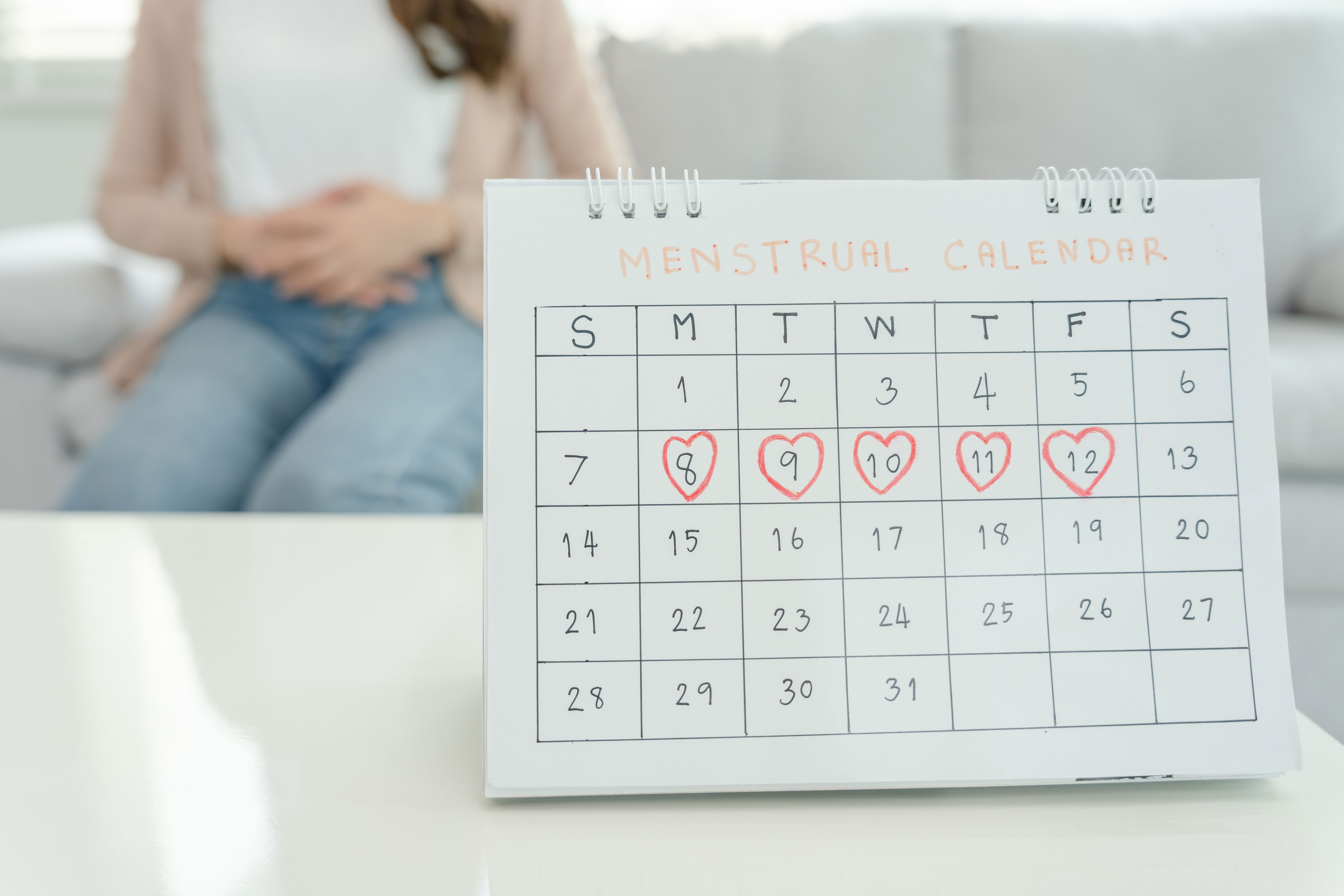PCOS (Polycystic ovary syndrome) is a very common condition in the UK, affecting approximately one in 10 women. Many women have PCOS but don’t know it as it is difficult to diagnose it. In one study, up to 70 percent of women with PCOS hadn’t been diagnosed yet.

How to diagnose PCOS?
For PCOS diagnosis, you need to have 2 or more of the following symptoms:
1. Your period is irregular or infrequent. It indicates that the ovaries are not regularly releasing eggs (ovulate).
2. You have high levels of "male hormones" such as testosterone in your blood
3. Your ultrasound scan shows you have polycystic ovaries (despite the name, these are actually not cysts). An ultrasound scan may not be required to confirm PCOS since only two of these symptoms are required for diagnosis.

Diagnosed via:
1) Blood test Here are the labs you need to ask your doctor to check your PCOS out or see if you might have PCOS:
Hormones: (note: these will fluctuate depending on where you are in your cycle)⠀
- Full Thyroid Panel⠀
- Total & free Testosterone⠀
- SHBG⠀
- Progesterone⠀
- LH, FSH, AMH⠀
- DHEA-S, Cortisol⠀
⠀
Nutrient Deficiencies:
- Vitamin D⠀
- Vitamin B12 (especially important if you take Metformin or oral contraceptives)⠀
- Iron⠀
- Mg, Zinc⠀
Insulin Resistance:
- Hemoglobin A1c
- fasting insulin & 2 hour oral glucose tolerance test/OGTT (these should be done together and are the gold standard for assessing insulin resistance in PCOS)⠀
Inflammation:
- HS C-reactive protein⠀⠀
2) Ultrasound: ⠀
Ask for a pelvic ultrasound to check if you have a bunch of tiny, immature follicles on your ovaries (cysts).

3) Tracking your period:
The average menstrual cycle is 28 days, but anything between 21 and 35 days is considered a normal cycle. Having less than eight cycles per year or cycles lasting longer than 35 days is considered irregular.Some women with PCOS experience the absence of periods for three or more consecutive cycles. It's called amenorrhea, and it's the main cause of infertility in women with PCOS. After all, if there are no periods, that means no eggs are being released as part of a menstrual cycle. It is helpful to keep track of your cycle, so you can always tell how long it’s been since your last menstruation.
If you notice a three-month break between periods, see a gynaecologist who can investigate the cause.

What are the symptoms of PCOS?
It may take over two years to diagnose PCOS on average because it looks different on everyone.You may experience several of the following symptoms if you have PCOS:
- Irregular or absent periods
- Excessive hair particularly on the face, chest or stomach (Hirsuitism)
- Thinning of scalp hair or male-pattern baldness
- Acne (especially on the back, chest and face)
- Difficulty in maintaining a healthy body weight
- Fertility problems (difficulty getting pregnant)
- Patches of dark skin, especially in the folds of your neck, armpits, between the legs and under the breasts

Heart disease and diabetes are long-term health concerns associated with PCOS, particularly if you have any of the following:
- High levels of fats in the blood
- High blood pressure
- Overweight and, in particular, lots of fat around your middle body
A combination of lifestyle changes and medications can control the symptoms of PCOS.
Can I have PCOS with no symptoms?
It is possible to have PCOS without experiencing any symptoms. People often do not know they have PCOS until they are having trouble getting pregnant or are gaining weight for no apparent reason. There's also the possibility of mild PCOS, where you don't notice the symptoms.
Is there a cure for PCOS?
Although there is no cure for PCOS, it is possible to reduce the severity of the symptoms and prevent the development of complications associated with it, such as insulin resistance and diabetes.
Sources
1. BDA. 2019. Polycystic Ovary Syndrome (PCOS). Accessed 1st November 2021. Available at: https://www.bda.uk.com/resource/polycystic-ovary-syndrome-pcos-diet.html
2. “Polycystic Ovary Syndrome (PCOS) The Facts” by M. Elsheikh and C. Murphy (2008) ISBN 978-0-19-921368-9
3. www.bda.uk.com/foodfacts/polycysticovarysydrome(PCOS)
4. March WA, Moore VM, Willson KJ, Phillips DI, Norman RJ, Davies MJ. The prevalence of polycystic ovary syndrome in a community sample assessed under contrasting diagnostic criteria. Hum Reprod. 2010 Feb;25(2):544-51. doi: 10.1093/humrep/dep399. Epub 2009 Nov 12. PMID: 19910321.